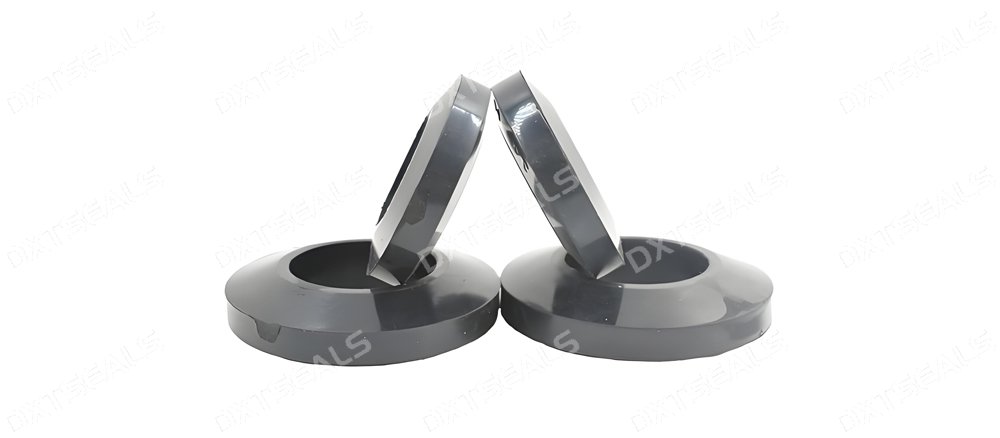
Selecting the appropriate rubber material is critical to ensuring performance, durability, and safety in industrial applications. Whether you're working in automotive, oil & gas, food processing, or electronics, the wrong rubber compound can lead to equipment failure, costly downtime, or compliance issues.
At DXTSEALS, we specialize in custom rubber solutions tailored to your exact working environment. In this guide, our industry experts share key insights into how to choose the right rubber material for your project.
✅ Why Rubber Selection Matters
Rubber materials vary significantly in their chemical resistance, temperature tolerance, mechanical properties, and cost-efficiency. Choosing the wrong type can result in:
-
Premature wear and degradation
-
Poor sealing performance
-
Environmental incompatibility
-
Regulatory non-compliance
The right material ensures long-lasting, reliable performance—and helps you avoid rework and maintenance.
🧪 Key Factors to Consider When Selecting Rubber
1. Operating Temperature
Some rubbers can withstand high temperatures, while others become brittle or melt.
| Rubber Type | Temperature Range (Approx.) |
|---|---|
| NBR (Nitrile) | -30°C to +120°C |
| EPDM | -50°C to +150°C |
| Silicone | -60°C to +230°C |
| FKM (Viton®) | -20°C to +250°C |
💡 For high-heat environments, silicone or FKM is typically the best choice.
2. Chemical Compatibility
Rubber must resist the chemicals it will contact—oils, acids, fuels, or cleaning agents.
-
NBR: Great for oil and fuel resistance
-
EPDM: Best for steam, water, and weathering
-
FKM: Excellent chemical and fuel resistance
-
Silicone: Poor chemical resistance, but good for food/medical use
3. Mechanical Properties
Different applications require different strength, hardness, and elasticity levels.
-
Hardness (Shore A): Choose based on the required compressibility
-
Tensile strength: Important for load-bearing applications
-
Abrasion resistance: Crucial for dynamic sealing or moving parts
4. Regulatory Requirements
Some industries require rubber to comply with specific standards:
-
FDA or NSF for food-grade or medical applications
-
UL 94 for flame resistance
-
RoHS / REACH for environmental safety
At DXTSEALS, we offer materials that are fully certified and traceable.
🛠 Common Applications and Best Rubber Choices
| Application | Recommended Rubber Type |
|---|---|
| Automotive seals | NBR, FKM |
| Outdoor gaskets | EPDM |
| Food-grade tubing | Silicone |
| Chemical-resistant seals | FKM, PTFE blends |
| Oilfield equipment | HNBR, FKM |
Need something more specific? DXTSEALS offers custom compounding and formulation based on your needs.
🔧 Expert Tips from DXTSEALS Engineers
-
✅ Always test rubber under simulated working conditions before mass production.
-
✅ Consider life-cycle cost, not just upfront price.
-
✅ Ask suppliers for compatibility charts and material data sheets.
-
✅ Choose a manufacturer experienced in custom rubber engineering—like DXTSEALS.
📌 Conclusion: Choose Rubber Materials with Confidence
Selecting the right rubber material doesn't have to be difficult. By understanding environmental exposure, mechanical needs, and regulatory requirements, you can make informed decisions that improve product performance and lifespan.
At DXTSEALS, we provide technical consultation, material recommendations, and custom manufacturing to ensure your rubber parts deliver maximum performance.
📞 Contact us today or visit www.dxtseals.com to get expert guidance on your next rubber project.
DXTSEALS – Precision Rubber Solutions Built to Last.
